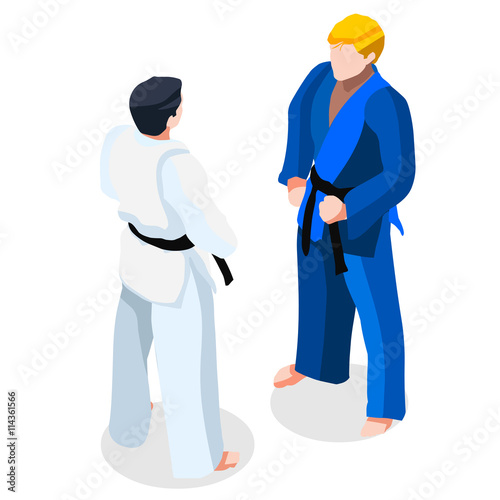The History And Philosophy Of Martial Arts: A Deep Dive
The History And Philosophy Of Martial Arts: A Deep Dive
Blog Article
chuck norris martial arts -Rafferty Martin
Enter the old globe where martial arts were born out of necessity in diverse areas. Cultures crafted special combating styles linked with historic contexts. Methods developed over centuries via committed technique and social exchanges. Today, modern martial arts blend traditional elements for maximum performance. Philosophically, martial arts highlight self-control, self-improvement, and harmony. Respect, humbleness, and equilibrium are fundamental concepts leading professionals in the direction of development and strength. Explore the depths of this rich background and approach to discover the profound influences forming this long-lasting technique.
Beginnings of Fighting Style
Fighting style originated in various regions all over the world, advancing as sensible battle systems to defend against dangers. These old combating designs were developed out of necessity, with each culture crafting techniques matched to their one-of-a-kind environments and obstacles. From the grappling arts of Jujutsu in Japan to the striking techniques of Martial art in China, martial arts were deeply linked with the historical, social, and social material of their particular cultures.
In Japan, the samurai class polished martial arts like Kenjutsu, the art of the sword, which later on progressed right into the more promoted form of Kendo. Meanwhile, in Brazil, Capoeira emerged as a mix of dance and combat, created by enslaved Africans as a way to stand up to injustice. Each martial art lugs with it a rich history and philosophy, reflecting the worths and ideas of individuals that exercised them.
As you explore the origins of martial arts, you uncover a tapestry of human ingenuity, durability, and the stubborn spirit of warriors throughout time.
Evolution of Strategies
Through centuries of practice and improvement, combat techniques within different martial arts have actually undergone a profound development. From ancient designs like Kung Fu and Martial arts to a lot more modern-day techniques such as Brazilian Jiu-Jitsu and Krav Maga, the advancement of strategies has been driven by a combination of social influences, sensible applications, and technical improvements.
One significant facet of this advancement is the cross-pollination of methods between various martial arts. As an example, methods from conventional Japanese Jiu-Jitsu were included right into the creation of Judo by Jigoro Kano in the late 19th century. This mixing of styles has brought about the development of hybrid martial arts like Mixed Martial Arts (MMA), which combine aspects of striking, grappling, and entry methods.
Additionally, the advancement of strategies has been formed by the enhancing emphasis on efficiency and performance in battle. Professionals have constantly sought to improve their methods via rigorous training, experimentation, and competition, causing the advancement of highly specialized and reliable battling designs. Generally, the evolution of techniques in martial arts shows the dynamic nature of combat and the ongoing mission for improvement and advancement.
Thoughtful Structures
Exploring the underlying thoughtful principles of martial arts supplies insight right into their core values and directing beliefs. At the heart of many martial arts disciplines is the idea of discipline itself. By training your body and mind to work as one cohesive unit, you cultivate technique that extends beyond the dojo or health club right into everyday life. This technique includes regard, humility, and self-constraint, shaping not just your physical capabilities yet likewise your personality.
An additional fundamental thoughtful structure in martial arts is the concept of continuous self-improvement. The trip of mastering a fighting style is never-ending, with specialists frequently striving to far better themselves, both literally and mentally. This concentrate on development cultivates resilience, perseverance, and a growth way of thinking that can be related to all elements of life.
Furthermore, martial arts highlight the importance of consistency and equilibrium. Methods are made to use an opponent's power versus them, highlighting the concept of generating and redirecting force instead of meeting it head-on. This philosophy extends to interpersonal partnerships, advertising serene resolutions and mutual understanding. By embracing simply click the next internet page , martial artists not just improve their combat abilities but also cultivate a way of living centered on personal growth, regard, and consistency.
Conclusion
To conclude, the history and viewpoint of martial arts offer a rich tapestry of tradition, self-control, and self-improvement.
Consider instance the story of Bruce Lee, that reinvented martial arts by mixing different styles and viewpoints to create his own special form of Jeet Kune Do.
Through commitment and innovation, martial musicians continue to push limits and motivate others to reach their complete potential both in battle and in life.
